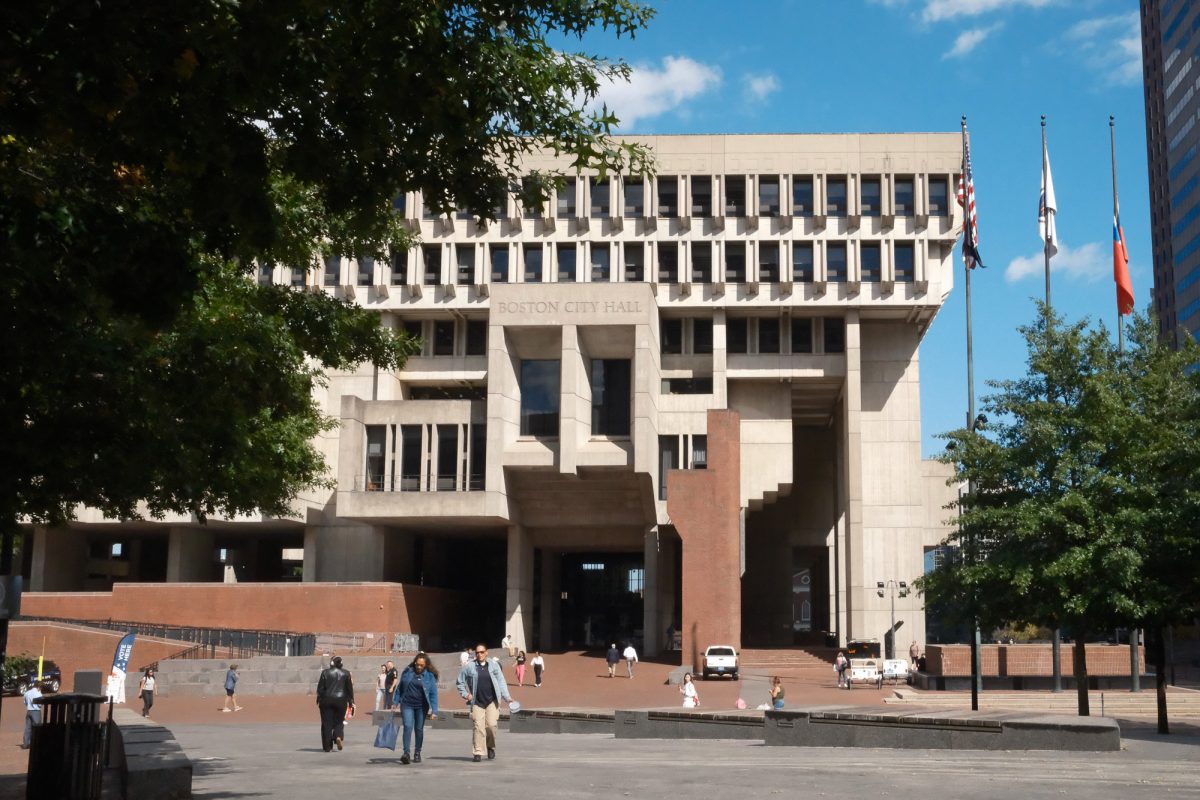While race relations have certainly improved in recent decades, America’s pot still has plenty of melting left to do. Because racism certainly has not disappeared, affirmative action remains a highly contentious method of dealing with current problems, and the Supreme Court will hear what will probably be the most important case on the issue since the famous 1978 Bakke v. U.C. Davis case. The cases against the University of Michigan have even attracted comment from President Bush, and they exemplify the flaws in most affirmative action policies, even though they may have admirable goals.
In the two cases against the university’s law school and undergraduate admissions, rejected white applicants maintain minority students with weaker academics received preference. Michigan generally accepts undergraduates who get about 100 out of a possible 150 points; a perfect SAT score tacks on 12 points while being African-American, Hispanic or American Indian earns applicants 20 points.
Especially at Michigan, the affirmative action policy shows serious flaws by giving race so much weight over merit. The university claims the policy assured diversity on its campus, which does benefit all students considering that college students learn so much outside of the classroom from interacting with each other.
Clearly, prejudice still exists in the United States and minorities often do not have equal access to quality public education. While all students should have equal access to education, poverty and reduced parental involvement often mean minority students do not get the same quality of education and have less of a chance of getting into college. This is a serious problem, and affirmative action does help more minorities get in.
However, affirmative action ignores that disadvantages generally stem primarily from economic factors rather than strictly from skin color. The atrocious racism in the past has left more minorities living in poverty in urban areas while more whites live in suburban affluence. But it is important to recognize that these groups are not strictly divided based on race alone; the lines blur and make everyone’s individual opportunities different. Also, affirmative action can perpetuate racism by continuing to divide people into groups based on race and generalizing what each race is like.
In an ideal world, affirmative action would not be needed because skin color would not affect people’s opportunities. While the country has made dramatic strides in reducing discrimination over the last few decades, it will not completely disappear for some time to come. Thus, Americans have not come far enough to completely phase out affirmative action yet.
Until skin color has no more importance than eye color, schools should do something to improve their diversity and offer openings for more students. Affirmative action is one method, although applying it fairly proves extremely difficult and policies are mired with complications.
Colleges and the country as a whole do have other options for reducing racism and accelerating toward the time when affirmative action is no longer needed. They should strive to recruit students of all racial and economic backgrounds. Financial assistance is another important way to give more students a chance at successful college careers, and schools and governments must not turn their backs on students with financial need even as they wade through financial woes themselves.
An even better way to attack the problem’s root is to improve public education. By equalizing suburban and inner city schools and ensuring children can attend quality schools from kindergarten on, minority students eventually will have the same opportunities to get into and succeed in colleges. Of course, improving public schools and eliminating poverty represent extremely complex problems that require experimenting with creative approaches until a solution works.
College students must demand that their schools work to attract a diverse student body that coming from all racial and economic backgrounds. This includes students at Boston University, who should expect as much racial diversity from their own backyard as there is international diversity. While the small number of minority students at BU have vocalized their complaints, students should realize that lack of diversity affects every student on campus and openly encourage the university to recruit from diverse high schools.
Unfortunately, BU’s most famous alumnus’ dream has yet to come true. Until it finally does, affirmative action may have to be one flawed way to combat racism and lack of diversity.






















































































































